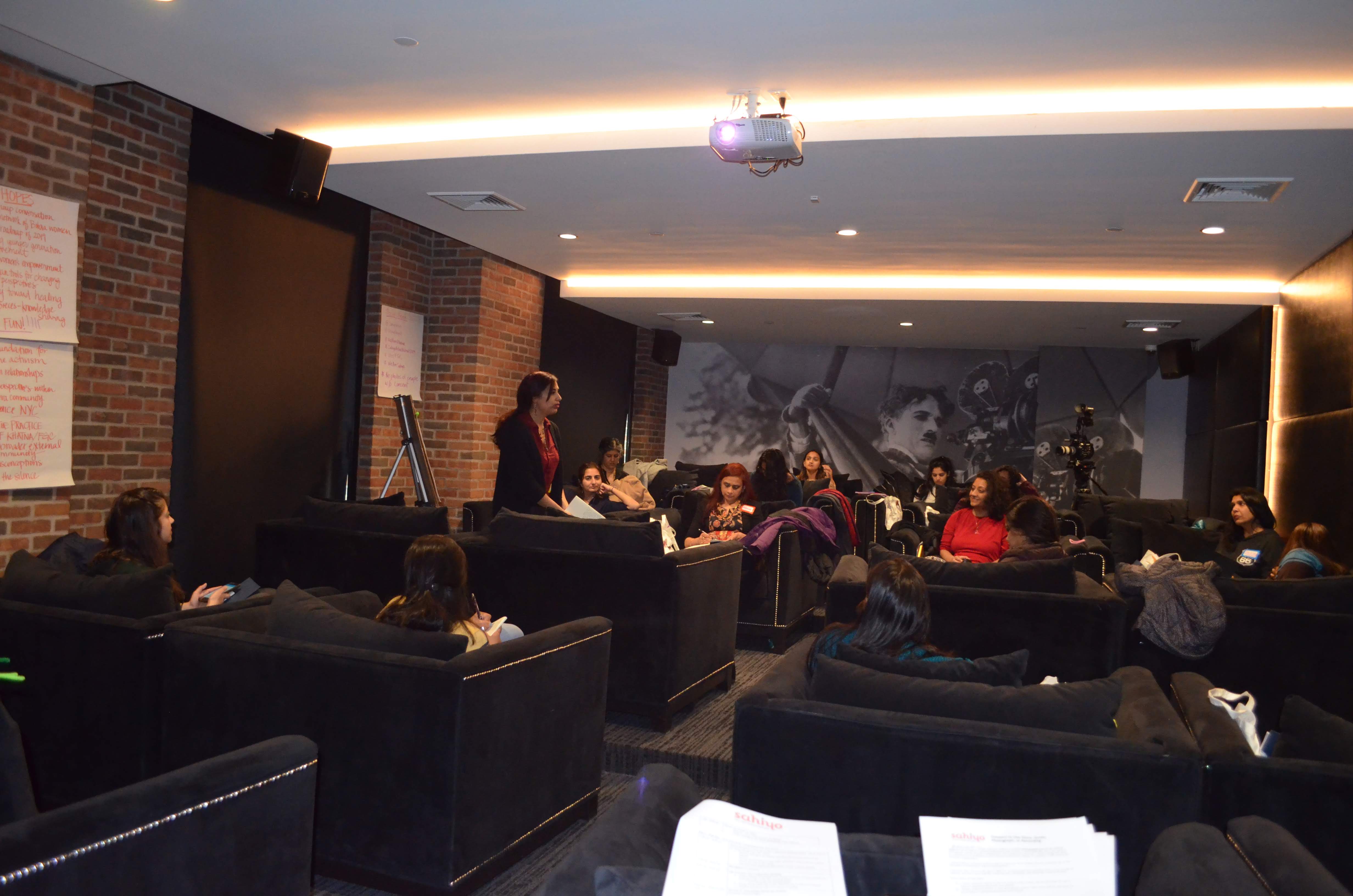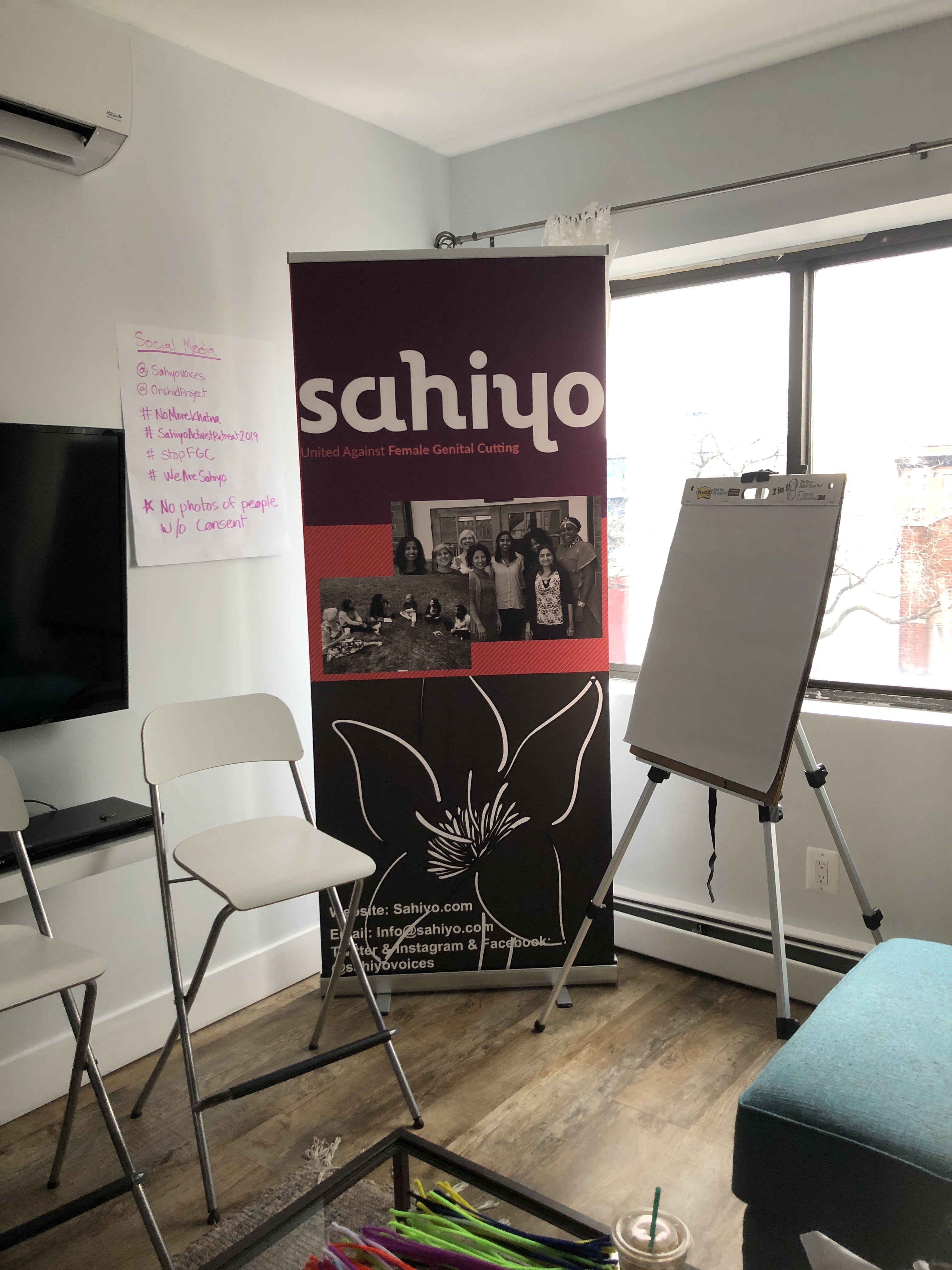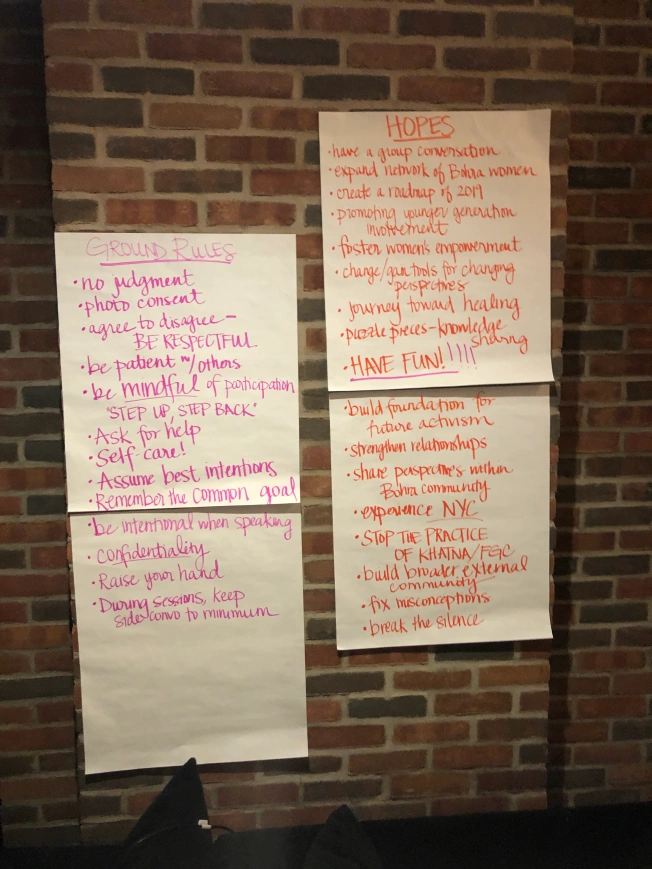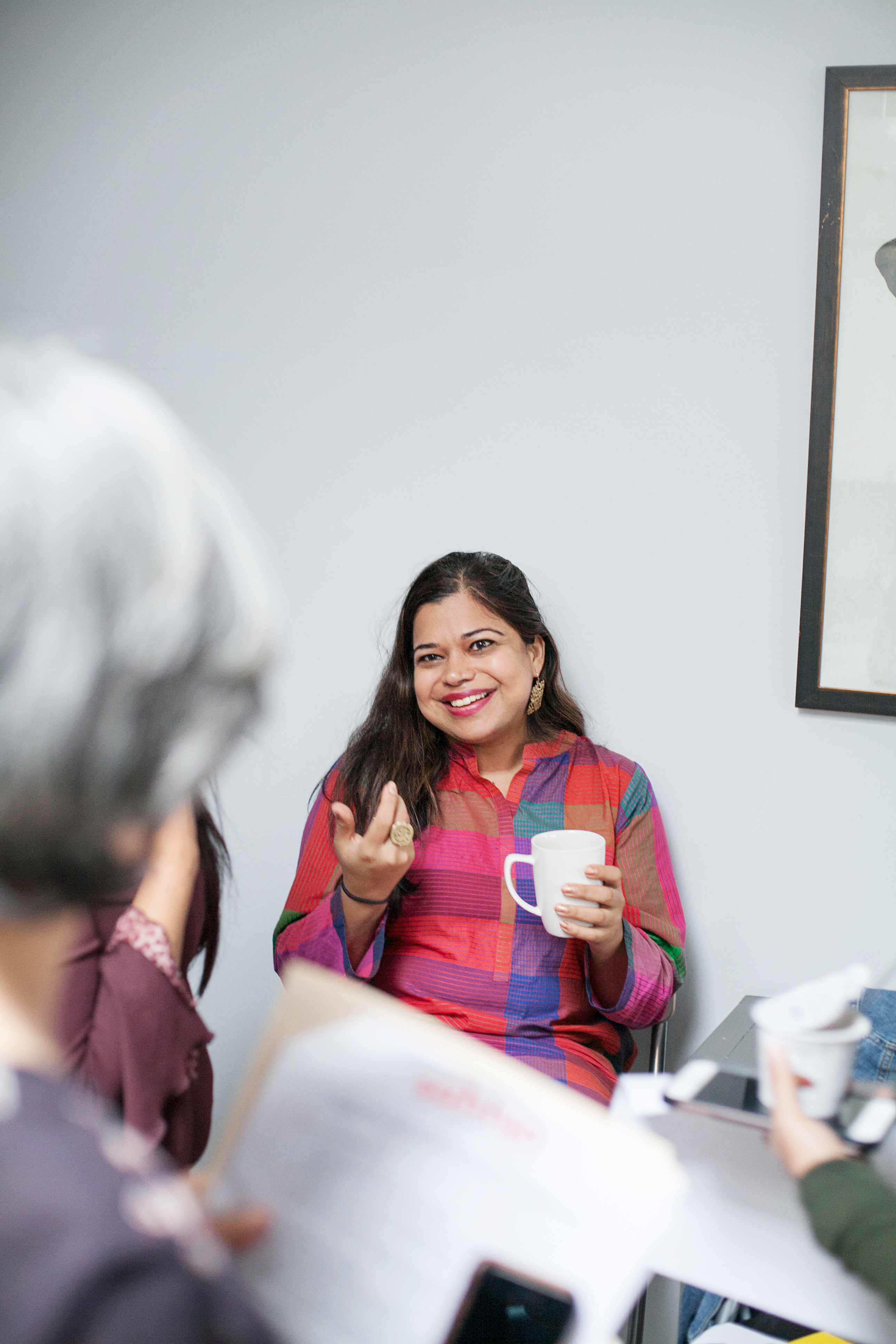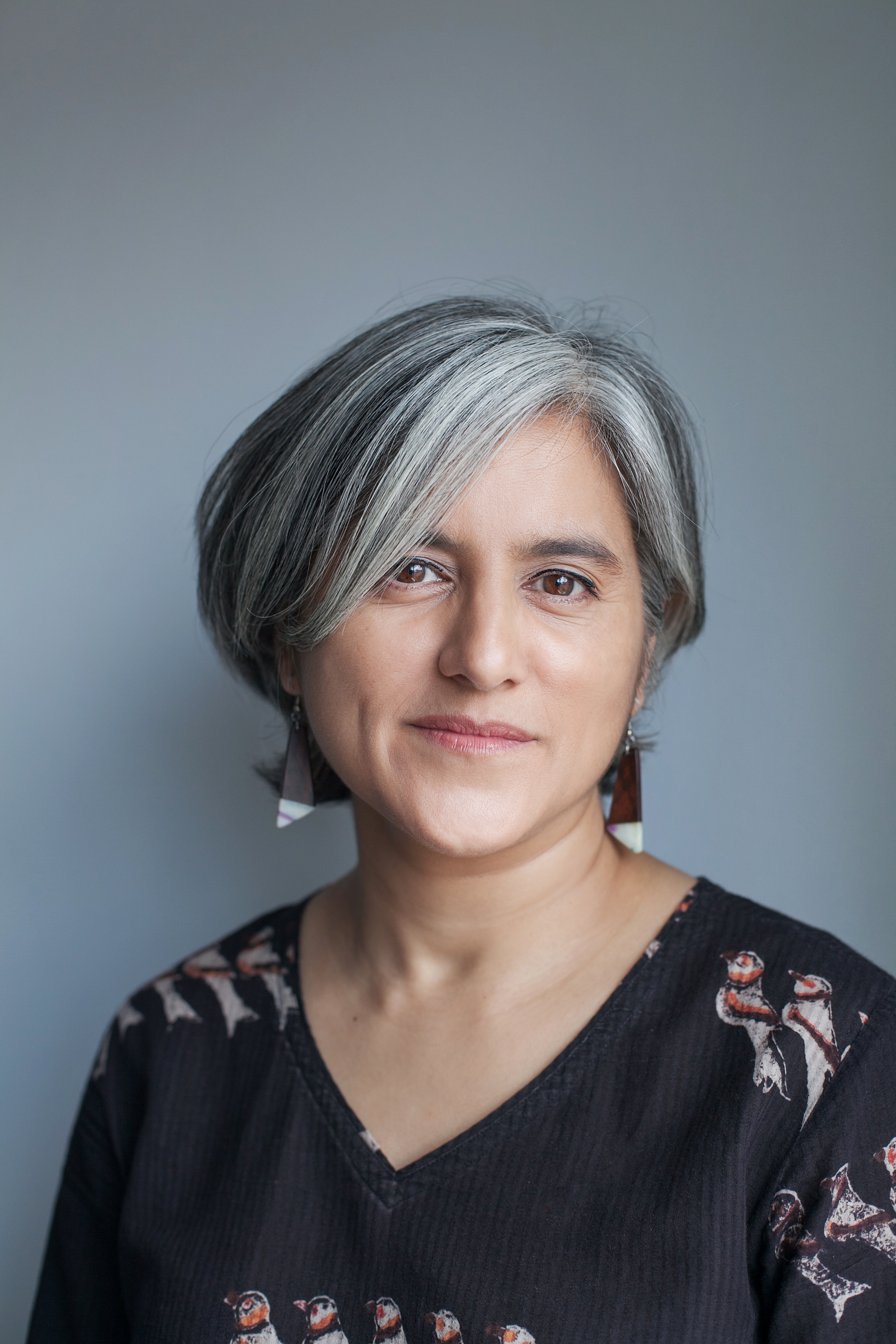Concluding thoughts on the practice in Singapore
By Saza Faradilla
Country of Residence: Singapore
This blog post is the fourth in a four-part series about female genital cutting (FGC) in Singapore. This fourth installment provides a final analysis and concrete methods of engaging with discourses on FGC at the individual, community, governmental and international levels. Read part one here. Read part two here. Read part three here.
In this research, I have contextualised the type of cut, stakeholders involved, on-going discussions on FGC locally and internationally, and FGC’s hiddenness. I hope this allows for a deeper understanding of the specific and unique type of FGC and the situation surrounding it in Singapore. My discussion of the reasons for FGC in Singapore is also non-exhaustive, but to my interlocutors, cleanliness, religion, tradition, and the control of female sexuality, are some of the most pertinent to their lived experiences. To the best of my ability, I have tried to represent fairly the perspectives and opinions of the various people with whom I spoke. In her book, The Twilight of Cutting, Saida Hodzic accurately pointed out that “differently positioned women take a variety of political positions toward cutting/anti-cutting campaigns, and the larger governance of their lives.” In these concluding paragraphs, I will further explore the continuity of this practice, ways to encourage productive and meaningful discourse about it, as well as policy implications.
FGC has been an unquestioned tradition in Singapore for centuries. I believe we need to place a critical lens on FGC and question the motivations of this practice. While taking into account the possible individual, family and social meanings that have been attributed to FGC, it is also important to question its necessity and impact on a young girl. I end most interviews by asking interlocutors if they think FGC will continue, and 70% of my interlocutors answered in the negative. Conversations about FGC and debates on it have been ignited, and more young parents are questioning the cut’s necessity. Once parental pressure is no longer a factor and this procedure has skipped a generation, FGC will be much harder to revive or continue. Sometimes the type of FGC done in Singapore does not leave visible scars or markings. Those against FGC have said that they know of young parents who choose to say their daughter has been cut even if she hasn’t, and no one is any wiser.
It is also important to take note of the vernacular languages that are used when discussing FGC, and determining the appropriate ways to debate FGC in the Malay community. Currently, the debates on FGC happen amongst specific circles of young Malays who are highly educated. It is important to engage with the older generation and those who may not have access to tertiary education about this practice. It is only in sincere conversations, which aim to listen, engage in dialogue, and not necessarily debate that perspectives will shift.
When I first found out about the FGC performed on me when I was a baby, and questioned my parents about it, they insisted that it was mandatory and that they did it for my own good. They said FGC was necessary for “religious and health reasons, and so I won’t be adulterous.” These are similar to the reasons my interlocutors shared as well. As I went about my research, and interviewed religious leaders, medical practitioners, and feminist activists, I slowly clarified my parents’ beliefs, and today they no longer see it as mandatory (“though still good to do”), but I do think chipping away at their long-held beliefs has been successful. Similar to my interlocutor’s sharing that the language of female sexuality, children’s rights and consent is foreign or even “Western,” I think it is important that we find the right language and vocabulary to discuss these issues in Malay so that it is more readily accessible.
I hope to see more people and stakeholders engaging in these conversations. In particular, I hope this blog post would encourage medical practitioners, religious leaders, religious bodies and health ministries to enter the conversation about FGC in Singapore. From my ethnography, there are various undercurrents and rumors of the perspectives and policy positions engaged by these stakeholders. For instance, a medical practitioner said that there is a register of doctors who perform it and who have informally agreed to abide by a set of guidelines in order to standardize the procedure. However, neither this guideline nor register is publicly available. Having them come out with actual statements would clear various misconceptions about FGC’s necessity and its health and religious implications.
I would urge the Islamic Religious Council of Singapore (MUIS) to replace the fatwa it removed with a new one, so that religiously, the Muslim community can be assured of the ruling for FGC. The Ministry of Health (MOH) and Muslim Healthcare Professionals Association (MHPA) also have a responsibility to the larger Singapore community to ensure our safety and health. Because all doctors are registered and regulated under MOH, it is up to MOH to determine if FGC is aligned with the medical oath to do no harm. At the same time, it would be interesting to find out the positionality of medical practitioners performing FGC. Do they believe it to be necessary? Do they abide by the guidelines stated, especially given the spectrum of FGC that my interlocutors underwent? What are their specific reasons for performing FGC? Silence only breeds confusion. It is definitely time for the religious and health authorities to step up and clearly state their positions on FGC in Singapore. There is the very real fear that if FGC were banned in Singapore and practitioners disallowed from practicing it, this would lead to FGC being performed underground, where conditions are much less hygienic and can be more harmful. But, if the relevant authorities can counter the health, religious and female promiscuity reasons given for FGC, this practice will be regarded as unnecessary and might no longer be practiced here.
According to Hodzic, “Hahn and Inhorn testify to the persistence of one of the founding principles of applied medical anthropology, which is the notion that anthropology can and should provide cultural knowledge necessary for improving public health and health care.” I hope this research has provided a holistic, balanced, and informative understanding of the reasons for FGC in Singapore, and will be useful for religious leaders, medical practitioners, activists, and especially Malay women as we continue to critically analyze and discuss this practice.
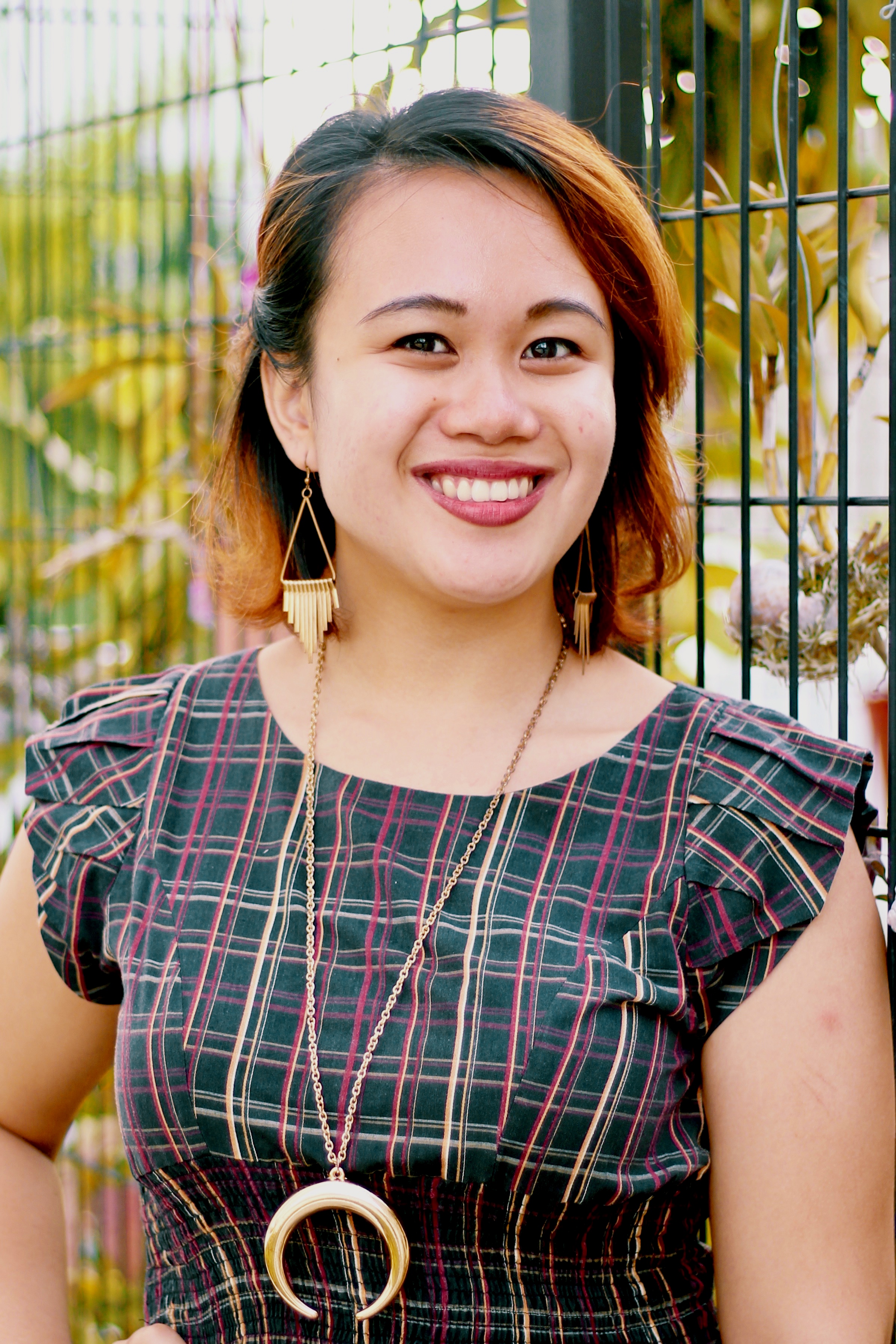
Saza is a Senior Executive of service learning at Republic Polytechnic in Singapore. She recently graduated from Yale-NUS College where she spent much of her college life developing her thesis on female genital cutting in Singapore. A highly under-researched, misunderstood and personal issue, Saza sought to understand the reasons behind this practice. She ends her thesis by advocating for medical and religious leaders to step up and clarify the fatwas and medical criteria surrounding this procedure in Singapore. Saza is passionate about women’s rights and empowerment and seeks to assist marginalized populations.


